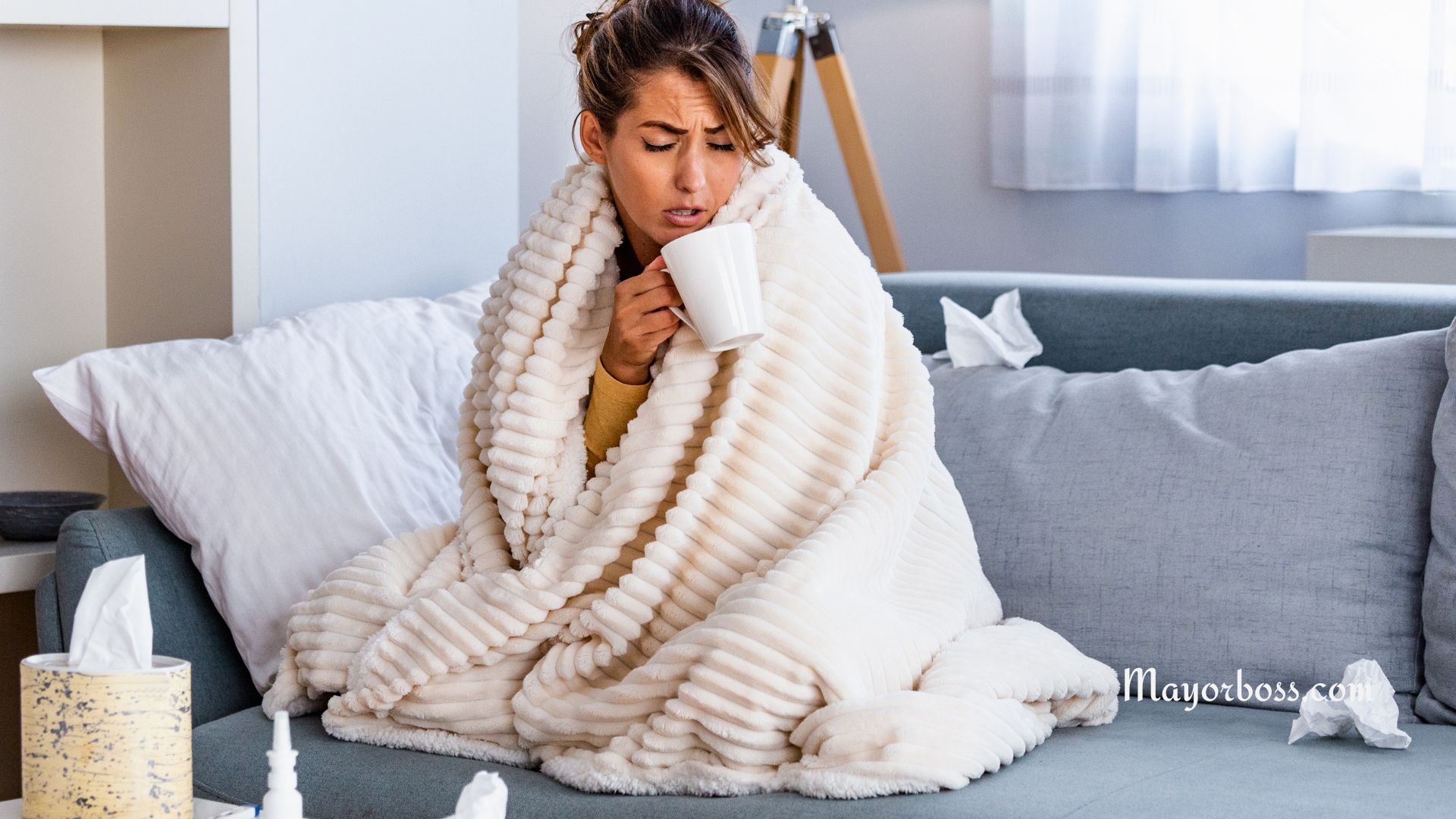Fever and Chills: Things You Need to Know
Fever and chills often occur together and are part of the body’s natural defense mechanism against infections. A fever is a rise in body temperature above the normal range, while chills are a sensation of coldness often accompanied by shivering. Both symptoms can be caused by various underlying factors such as infections, inflammation, or other medical conditions. In this article, you’ll discover essential things to understand about fever and chills.
What Are Fever and Chills?
Fever is your body’s way of fighting off infections. When you have a fever, your body temperature rises above the normal range of 98.6°F (37°C). Chills, on the other hand, often accompany a fever and involve a feeling of coldness followed by shivering.
Why Do They Happen?
Fever and chills are typically a response to an infection, inflammation, or other underlying medical condition. Your body raises its temperature to create an environment that’s less favorable for bacteria and viruses to thrive. In other words, when you fall sick, your body raises its temperature to help fight off infections.
Common causes include:
- Infections: Bacterial, viral, or fungal infections can lead to fever and chills.
- Inflammatory conditions: Conditions like rheumatoid arthritis, hyperthyroidism, or lupus can cause fever as part of an inflammatory response.
- Other medical conditions: Some conditions, like blood clots or cancers, can also result in a fever.
Symptoms to Watch For
Aside from the obvious rise in body temperature and shivering, you might also experience:

When Should You Seek Medical Attention?
If you or someone you know is experiencing a fever along with severe symptoms like difficulty breathing, persistent chest pain, sudden confusion, or severe abdominal pain, it’s time to see a doctor. Additionally, if the fever persists for more than three days or is accompanied by a rash, it’s crucial to get medical advice.
Home Remedies to Try
While you’re resting at home, there are a few things you can do to make yourself more comfortable:
- Stay hydrated: Drink plenty of water, herbal teas, or broths.
- Rest: Your body will need energy to fight off the illness, so take it easy.
- Cool down: If the fever is high, consider using a damp washcloth or taking a lukewarm bath.
Over-the-Counter Medications
There are several over-the-counter medications that can help reduce fever and alleviate chills, including acetaminophen (Tylenol) and ibuprofen (Advil).
Prevention
The best way to avoid fever and chills is by preventing them. This includes:
- Vaccinations: Keep your immunizations up-to-date.
- Hygiene: Regular handwashing can significantly reduce your risk of catching infections.
- Healthy lifestyle: Eating a balanced diet, exercising regularly, and getting adequate sleep can boost your immune system.
Further Reading: Home Remedies for High Fever That Actually Work






